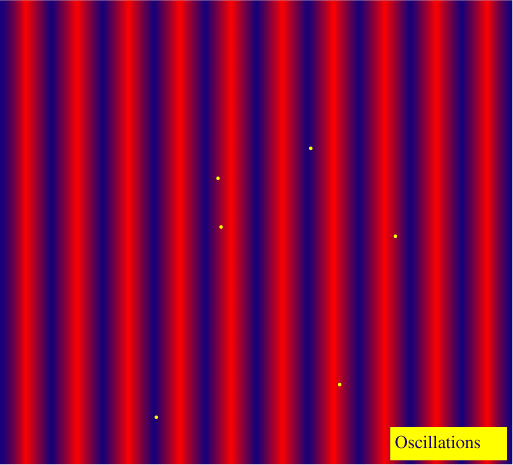
After recombination, the photons stream unimpeded.
Imagine you are the observer sitting at the center of this picture:

Right after recombination you see an isotropic CMB (blue circle in center, same in all directions) since only photons from the region right around you have had time to reach you.
As time progresses, you see photons from more distant regions. You first see a quadrupole variation around you (red and blue at 90 degree angles), then an octopole, etc. by the current epoch some 10 billion years later what you see is very fine angular scale structure in the CMB temperature. The ring you see at the end of the animation above contains many red and blue regions. Imagine you are at the center and you turn yourself around in a circle, you will see the temperature of the CMB rapidly vary as you change your viewing direction.
A spatial inhomegeneity at recombination has become an angular anisotropy.
Note that there is nothing particularly special about the center of the above diagram. Choose another point in space and you will see the same process going on. CMB photons are emitted in all directions at recombination; we've just shown the ones that happen to hit the observer at the center point.